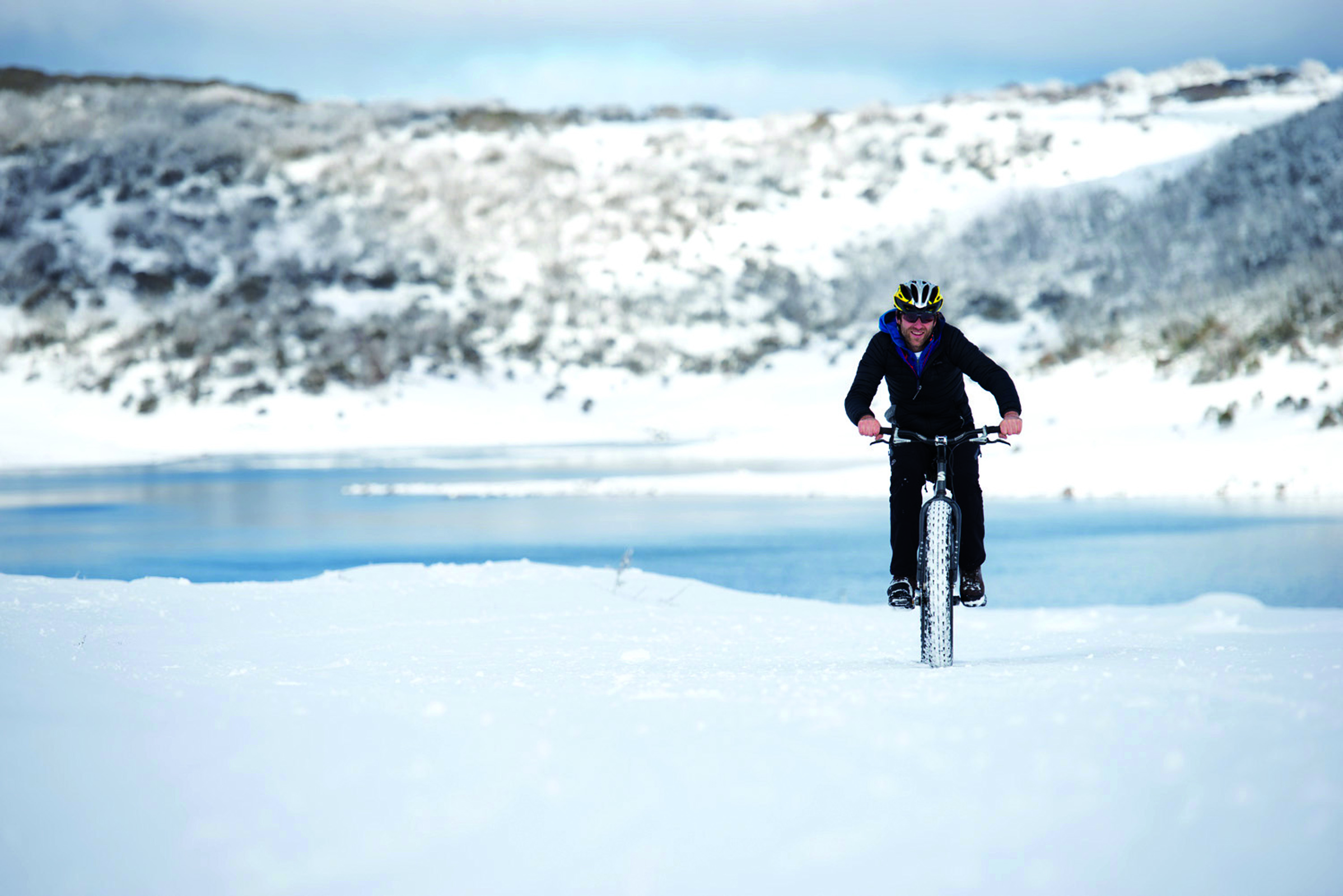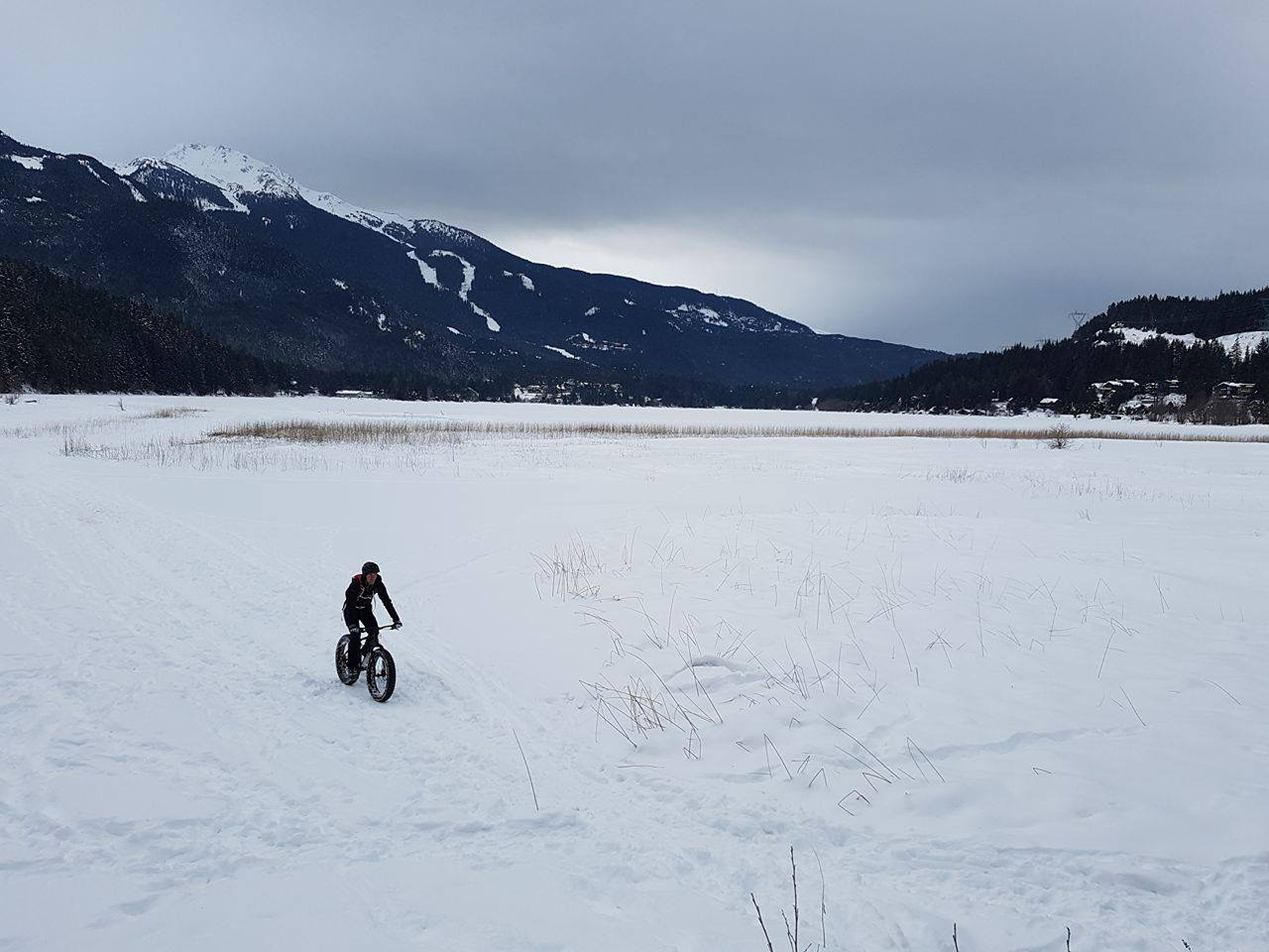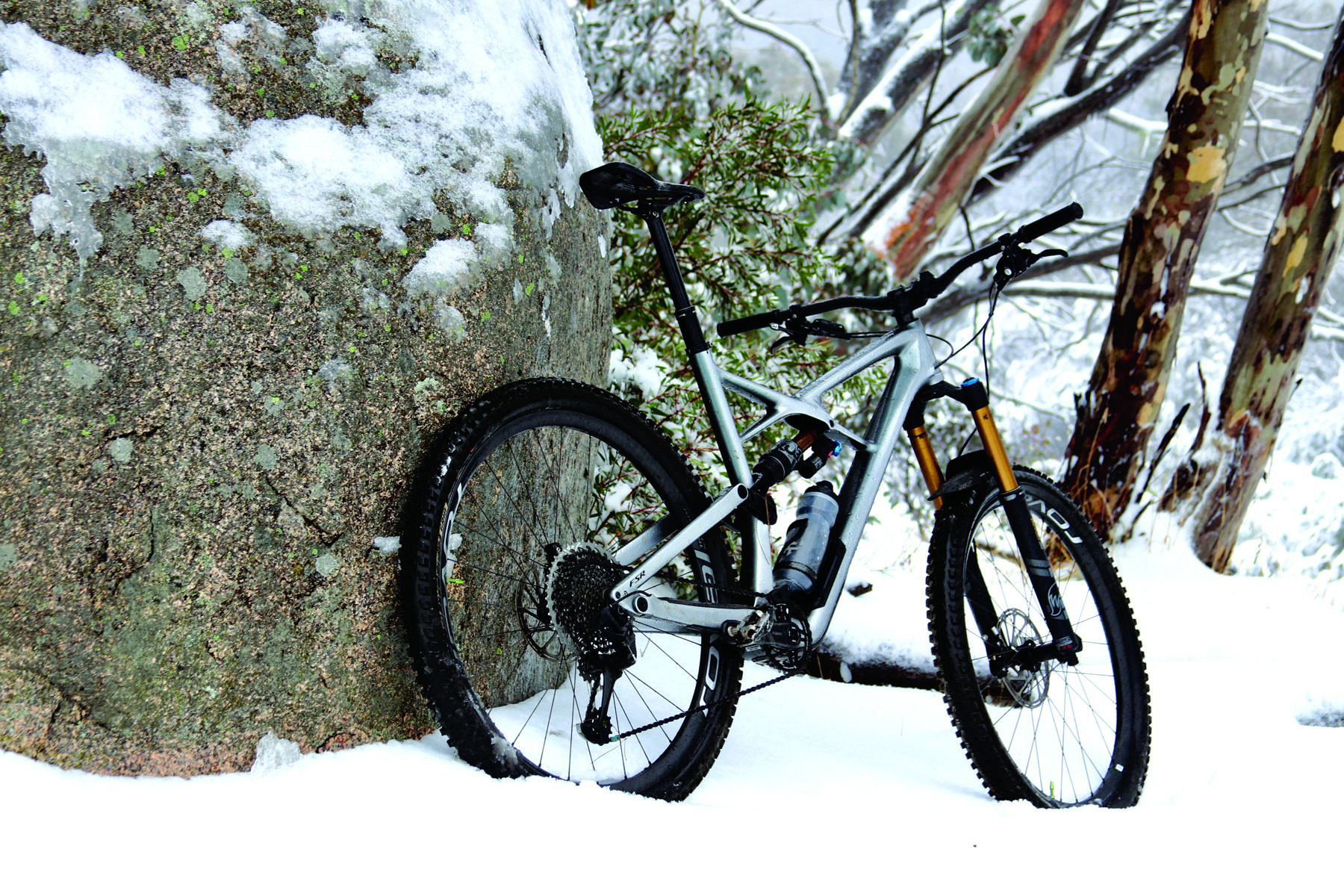“There’s no such thing as bad weather, just inappropriate clothing.”
This is a favourite saying of mine and certainly one that, on miserable winter days during multi-day hikes, has helped to inspire me out of my warm sleeping bag and tent, and into the rain.
But, lately, this mantra has been ringing true when I venture out on two wheels, as well. Winter is well and truly here – especially for the southern states. Short days, bone-chilling mornings and wet trails are pushing even the most motivated riders to their limits and making them question: “Is this even worth it?” To this I say: “Hell yes!”





PICTURE CREDITS: Ash Gray & JIRI
For many riders, winter is a time to emulate some of their mammalian relatives and head into hibernation. Bikes are hung up for a few months and other hobbies, the couch or the pub become the focus of attention. Sure, these non-riders miss the post-ride clean up, chilly starts and picking mud out of their eyes for days on end, but in doing so, they also miss out on a whole bunch of awesome experiences. Empty trails, crisp air and hero dirt are among some of the best but, for me, night riding and fat biking are the ultimate ways to maximise your mountain biking experience through the colder months.
As the days get shorter and the daily nine-to-five takes hold, finding time to ride in the daylight becomes nearly impossible. Enter night riding. With the addition of handlebar and helmet lights, your familiar local trails take on a whole new dimension. With your vision focused only on the narrow illuminated strip of trail in front, it feels like you’re riding at warp speed as you whizz past trees and rocks. Despite this perceived sense of speed, it’s unlikely you will grab any Strava KOMs on a night ride, but you’re sure to have some of the best fun possible with the lights on! Night riding allows you to see your local trails in a whole new light (pun intended), and it’s amazing what other creatures come out to play after dark – keep an eye out for wombats and roos, as they love to play ‘chicken’ on the trails!
If you're lucky enough to live in one of the few Aussie states which receive regular snow, fat biking should be on your to-do list this winter. As the name suggests, this involves riding specially designed bikes with ultra-fat tyres. Fat bikes are perfect for soft conditions including sand, but also snow. By running very low tyre pressure in the 4 to 5 inch wide tyres, fat bikes are able to sit on top of the snow and maintain traction in most snow conditions.
Whilst fat biking isn’t a new phenomenon, opportunities for fat biking have been pretty lean here in Australia – but it’s starting to grow, and a few ski resorts now allow it on their groomed and maintained trails including Falls Creek and Mt Stirling. Again, it’s not a pursuit which is likely to see you breaking speed records, but it will test out your bike handling, concentration and balance.
Skills and equipment aside, fat biking is an absolute blast. Cruising ski trails and testing your mettle and skills while descending is an awesome way to experience riding in a unique Aussie environment.
There’s no doubt that winter is a time for the dedicated rider. But it’s also a time when, with a bit of preparation and the right equipment, you can have a blast and experience mountain biking like you never have before.
COLD WEATHER RIDING TIPS
- A set of bike lights is essential for night riding. When tackling single track, a light with a wide beam is best mounted on the handlebars, whereas a narrow (or spot) beam is best for on your helmet. At a minimum, aim for lights which are around 1000 lumens. A red flashing tail light is also a must.
- Mud guards will help prevent mud from blocking your vision. Long gone are the days of big, bulky and daggy looking mud guards. These days, most MTB mud guards are simple plastic affairs which attach under the fork arch.
- A base layer is a must. Bike-specific layers are best as they tend to be contoured to better fit a rider’s posture, but a regular merino base layer is also suitable. Chuck it on under your jersey to look fresh while remaining toasty warm.
- Don’t forget to cover your extremities in windproof layers. Beanies or ear warmers and gloves are essential.
- A bike mechanic once told me to put aside $10 after every muddy ride to cover the cost of the additional wear to your bike. While this is a handy savings plan, you can help save some cash by washing and re-lubricating your bike straight after a wet or muddy ride. Leaving it for a few days or until your next ride can sometimes be too late, as rust and corrosion can take hold pretty quickly. Plus, nobody wants to wait around for their mate to finish prepping his or her bike at the start of a ride. Do it as soon as you get home after a wet ride!





